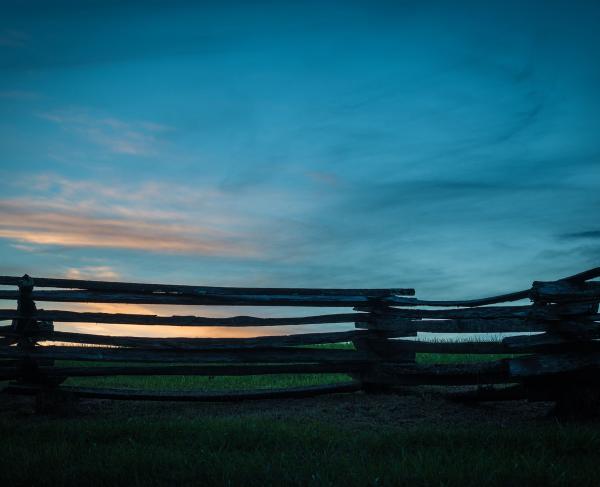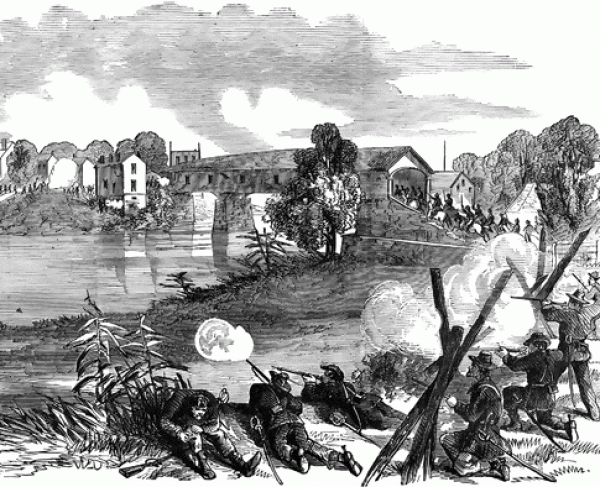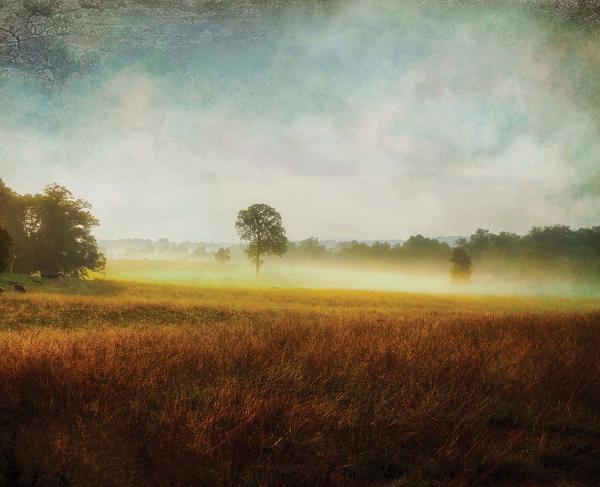10 Facts: Mill Springs
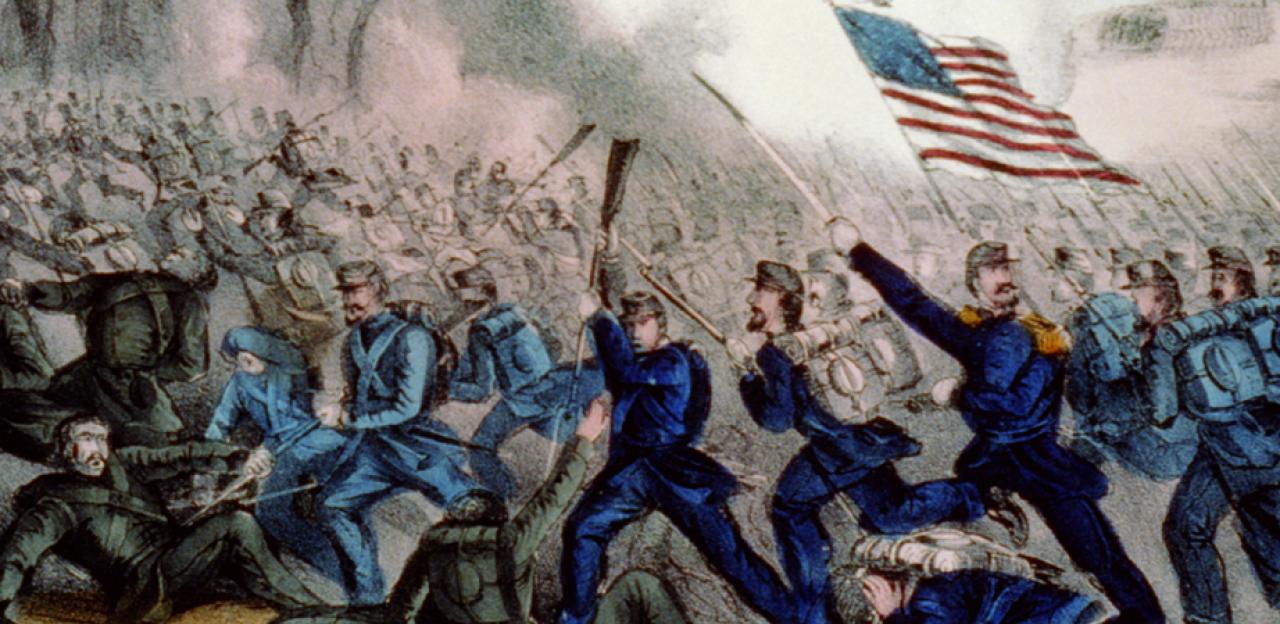
Dr. Roger Tate, Board member of the Mill Springs Battlefield Association, helped us assemble these 10 facts about the Battle of Mill Springs. We hope that these interesting facts will improve your awareness and appreciation for this important 1862 Civil War battle in Kentucky.
Fact #1: Participants in the Battle of Mill Springs believed that their victory had "saved Kentucky for the Union."
Felix Zollicoffer had hoped that the presence of his Confederate army on Kentucky soil would encourage pro-Confederate sentiment and entice the Bluegrass state to join the Confederacy. The Union victory at Mill Springs removed that chance.
Kentucky was of great interest to both the Confederacy and Union. Kentucky had the third-largest population of white population in the slave states. Its wheat and livestock production were of great value to both armies. And Kentucky bordered the strategic Ohio and Mississippi rivers.
Fact #2: Still under a cloud of suspicion because of his southern birth, Brig. Gen. George H. Thomas did not receive as much credit as he should have after the battle
Mill Springs was one of the most complete tactical victories of the war, but Abraham Lincoln reserved judgment and even prevented Harper's Weekly from placing Thomas on the magazine's cover. "Let the Virginian wait," said the President.
See a digital copy of the February 8, 1862 edition of Harper's Weekly - the edition featuring the Battle of Mill Springs: See the Issue
Fact #3: A newspaper editor, Zollicoffer drafted his famous "Proclamation to the People of Southeastern Kentucky" urging local residents to join forces with him to protect their slave "property."
Apparently unknown to Zollicoffer, southern Kentucky was staunchly Unionist and slavery was not a major factor. Just a few miles from the battlefield was a small Separate Baptist church which served as a station on the Underground Railroad.
Fact #4: Mill Springs was one of those rare January battles
For practical reasons most Civil War battles took place in the summer and early fall. The Battle of Mill Springs is a rare wintertime battle. In southern Kentucky the week of January 19 usually sees the coldest weather of the year. In 1862 the cold and wet weather played havoc with the firearms of many of Zollicoffer's troops. The poor visibility also make battlefield visibility and enemy recognition a serious problem.
Fact #5: At the Battle of Mill Springs, Union and Confederate forces were about equal in strength
In most Civil War battles, Union forces enjoyed numerical superiority. At Mill Springs, there were roughly 5,900 Confederates battling 4,400 Union soldiers.
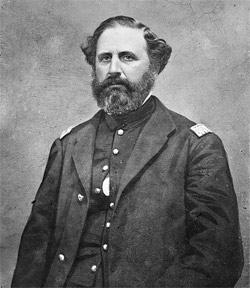
Fact #6: Believing that his forces were firing on friendly soldiers, Confederate Brig. Gen. Felix Zollicoffer rode forward with an aide to ascertain the situation and was subsequently killed by Union troops.
Smoke and rain helped to mask the identity of many of the regiments on the Mill Springs Battlefield. Convinced that his troops were firing upon other Confederate forces, Brig. Gen. Felix Zollicoffer ordered his 19th Tennessee to hold its fire and then rode forward with an aide to ascertain the situation.
In one of those strange battlefield meetings, Colonel Speed Fry of the 4th Kentucky (a Union regiment) also rode forward and he and Zollicoffer (or his aide) conversed, neither one recognizing that they were speaking to an enemy officer. The Confederate asked that they stop the friendly fire. Fry agreed. Shortly afterwards one of the two Confederate officers realized their mistake and shot their pistol at Fry. Striking Fry's horse, but missing Fry, this pistol shot convinced the nearby soldiers of the 4th Kentucky that these two mounted officers were Confederates. The Union soldiers let loose a fusillade of bullets that instantly killed both Zollicoffer and his aide. Zollicoffer's careless ride into the midst of his enemies had cost him his life and his death greatly demoralized the Confederate soldiers.
Some have said that Zollicoffer may have also been betrayed by bad eyesight. Its also interesting to note that Zollicoffer, prior to the battle, had shaved his beard so as to make him less identifiable. But as events would prove on January 19, 1862, Zollicoffer need not have worried about his facial hair.
Fact #7: Only one Union regiment at Mill Springs, the 9th Ohio, had any combat experience
The 9th Ohio, largely made up of German-speaking soldiers from Cincinnati, had many veterans from the German 1848 revolutions in Europe. The 9th Ohio would play an important role in the Battle of Mill Springs. Led by Maj. Gustave Kammerling, the 9th unleashed a powerful and successful bayonet charge that helped to defeat the Confederate forces. As the 9th Ohio moved forward with bayonets at the ready, Kammerling was reported to utter, "If it gets too hot for you, shut your eyes my boys - Forward!"
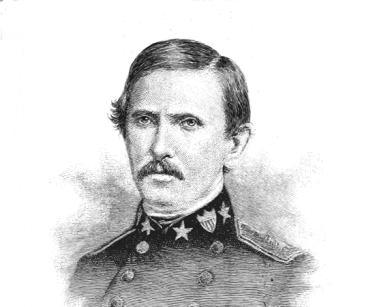
Fact #8: George Bibb Crittenden, commander of the Confederate forces at Mill Springs, had a brother who was a Union general and a father who was a prominent U.S. Senator
Born in Russellville, Kentucky, George Bibb Crittenden hailed from a prominent Bluegrass family. George's brother, Thomas Crittenden, would become a major general within the Union army and would lead troops at Stones River, Chickamauga, Spotsylvania Court House, and Cold Harbor. George's father, John J. Crittenden, was a US Senator from Kentucky and the state's 17th governor.
Fact #9: Soldiers from at least eight states took part in the battle
Soldiers from Minnesota, Michigan, Indiana, Illinois, Kentucky, Tennessee, Alabama, and Mississippi all participated in the Battle of Mill Springs.
Fact #10: A ten-year old girl deserves credit for preserving the memory of the site of Zollicoffer's death and the site of the CSA mass grave
In 1901, ten year old Dorotha Burton who grew up on a farm adjacent to the battlefield began the sweet custom of decorating "Zollicoffer's Oak" with a wreath of evergreen and decorating the CSA burial mound with seasonal wildflowers. Inspired by her example, Confederate veterans, Zollicoffer's daughters, and even some Union veterans joined forces to erect permanent monuments in 1911.
Learn More: Mill Springs
Related Battles
262
552
